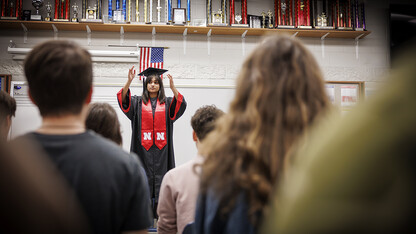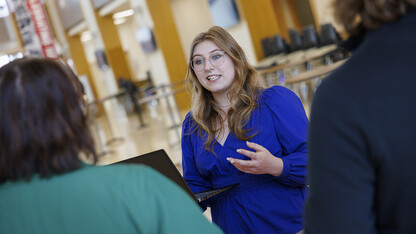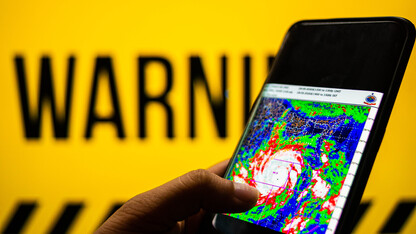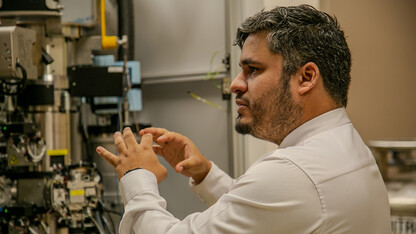· 3 min read
Texts and data: Researcher studies homeless youth with cell phones

For most, cell phones are always nearby, and they share information instantly. That simple thought was how a University of Nebraska-Lincoln sociologist began using text messaging to research homeless youth.
Kimberly Tyler, professor of sociology, has published an article detailing the use of cell phones to collect data to study transient homeless youth – a first in the field.
Tyler has studied the constantly moving, unstable group for more than a decade, but data collection has always been difficult. When she wanted to further understand the relationship and timing between victimization and substance use, she realized that the most reliable data had to be collected in real time.
“We know they’re correlated, but research is unable to tease out which comes first: are youth victimized and then drink as a way to cope, or are youth drinking and then someone takes advantage of them,” Tyler said. “There had to be a better way to study this relationship.”
That’s where the phones came in. With funding from the National Institute on Drug Abuse, Tyler and colleagues distributed 150 prepaid cell phones to homeless youth for 30 days. They texted 11 questions a day, gaining responses that showed, among other things, how the youth were feeling, where they had slept the previous night, what services they had used, if they’d been victimized and if they’d used drugs or alcohol. The information has helped them understand homeless youth, their movements, survival measures and mental health status.
Tyler plans to publish at least a dozen articles from the data, and to research more youth over a longer period of time. Since collecting the phones and performing follow-up interviews, Tyler has published two papers, has two in press, three under review, and three nearing submission, including research exploring substance abuse.
“With the text messaging portion of the study, we found that youth who had been victimized physically or sexually earlier in the day, were more likely to drink alcohol later that night, compared to youth who were not victimized earlier in the day,” Tyler said.
Other findings included that connections with mentors or family and friends lowered the risk for depression and anxiety, while a second study found that lesbian, gay and bisexual youth had more difficulty finding shelter and were more likely to trade sex for items of necessity, and that LGB youth are overrepresented among homeless youth.
But most importantly, their research showed homeless youth still very much want to be a part of mainstream society and educate the public on what homelessness is like, which means interventions are much needed and still possible, she said.
“When we read youths’ responses to our questions, there was a sense that these young people haven’t lost hope, and we shouldn’t either, because they want to be contributing members to society and make a difference,” Tyler said. “If we don’t intervene, who will? And what is the outcome if we don’t? They are at risk of becoming part of the larger adult homeless population, because the longer they are homeless, the harder it is for them to leave the streets.”








